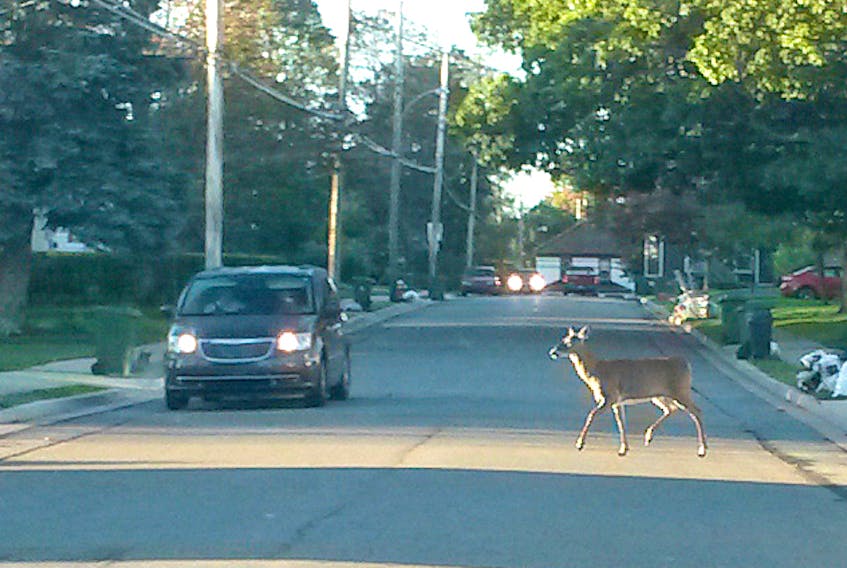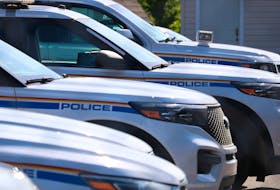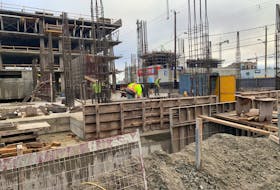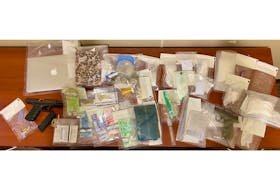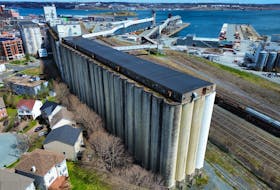TRURO, N.S.
A fledgling partnership between the Town of Truro and the Department of Natural Resources (DNR) offers hope for dealing with the town’s growing deer population, Mayor Bill Mills says.
“The most positive thing is that DNR is on board and working with our town staff,” Mills said. “And we seem very optimistic that we can come up with a plan. Hopefully by fall.”
The mayor’s optimism stems from a recent meeting between town staff and DNR officials in which the two sides agreed to work together to discuss options for dealing with the ever-present deer population in the downtown core and surrounding urban area.
“I think the fact that DNR is now fully involved and they are open to suggestions that have been made, I think we are making a little bit of headway, so that’s good,” Mills said.
Town CAO Mike Dolter, who participated in the meeting with DNR, said the first course of action will be to conduct a study of the deer population along with their main routes of travel into town.
“We had a good discussion with DNR in general terms on where we need to go, both I guess immediate and more medium term,” Dolter said. “We’re going to try to take a more wildlife management approach to the deer population counts.”
The town is considering hiring summer students to conduct the population study, with supervision by DNR officials, he said.
After determining where the greatest numbers are, they will begin to look at options for dealing with them.
But Dolter said there is one obvious attraction for the deer that could be easily eliminated.
“One of the key things that we generally agreed with is that we’ve got to get the idea of not feeding the deer through to people,” he said. “We’ve got to get through to people that they are not doing the animals any favours by feeding them. And we know where there’s cases all over town where that is happening.”
That information, he said, comes from residents who report seeing their neighbours feeding deer but are not willing to lodge an official complaint.
Although the town has a bylaw against feeding deer, the fines haven’t worked, Mills said, because there is no method available to ensure enforcement.
“And that’s kind of a big issue,” Mills said. “There’s nothing with teeth in it.”
Dolter said the practice of feeding deer is also encouraged by some local businesses which have signs posted at their establishments advertising deer food for sale. But he said officials are hoping that can be dissuaded through public education.
Another option to be considered with DNR is to have the bag limit on the annual deer harvest increased from one deer per hunter to two, in the rural areas immediately surrounding the town.
“We do have the ability through DNR to extend or expand the current legal hunt that goes on,” he said.
“If we reduce some of those numbers outside of town, we will likely see fewer deer coming into town to eat.”
One problem with that scenario, however, is that while results of a previous survey conducted by the town indicated 50 per cent of respondents were in favour of reducing the deer population, half of those again were against using lethal measures.
But whatever options are ultimately developed for dealing with the problem, Dolter said it will not result in an overnight solution.
“This is something that I think everyone has to understand, that we don’t do this, this year and stop. Any of these programs are long-term endeavours. We’re never going to take that many animals in a single season that you are going to see a big drop in the population, if that is where we are headed. But again, that decision hasn’t been made yet.”
Many of the deer make their way into town through the woods connected with Victoria Park. And Dolter said regardless of what measures are taken, that can never entirely be eliminated.
“We are never going to get rid of all the deer around the park. Nor would we want to necessarily do that,” he said.
“Our intent is not to wipe out the deer.”

